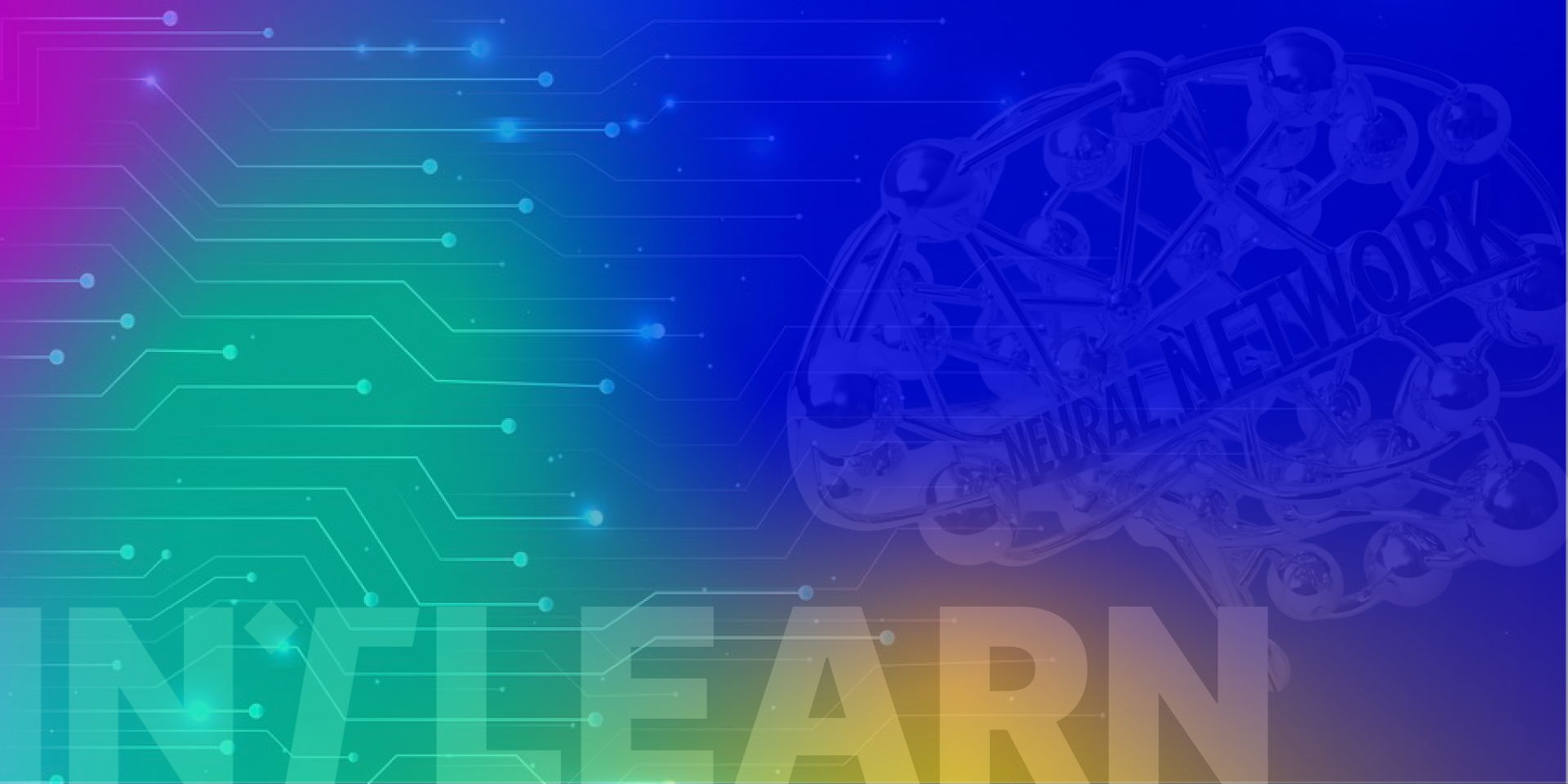Functionalities, history and fields of application about Neural Network
Neural Network: a computational system inspired by the human brain that learns to perform tasks by analyzing examples. It’s made up of interconnected nodes, organized in layers that process information and make predictions. The main fields of application about Neural Network are in Artificial Intelligence, particularly in generative AI.
FUNCTIONALITY
A Neural Network is like a collection of artificial “neurons,” called nodes, which are organized into different layers:
- Input Layer: Where the initial data enters.
- Hidden Layers: Where the data is processed through complex calculations. Each node receives information from the nodes in the previous layer, processes it, and passes it on to the nodes in the next layer.
- Output Layer: Where the final result is obtained, which can be a prediction, a classification, or another decision.
Each node performs a mathematical function on the input it receives and passes the output to the next node if it exceeds a certain threshold.
Much like a company’s expense reports move through managers and directors based on specific thresholds, nodes process and transmit data in a structured way, with more complex decisions passed on to higher levels.
Neural networks come in various types based on their structure and function:
- Shallow and deep neural networks
- Perceptron
- Multilayer perceptron
- Feed-forward and recurrent neural networks
- Modular neural networks
- Radial basis function networks
- Liquid state machines
- Residual networks
Each type of neural network differs in how data flows and how the layers interact, ranging from simple forward-only designs to complex architectures that create cycles, skip, or combine outputs.
HISTORY
Neural networks originated from a 1943 mathematical paper that described how the brain works using a mathematical model.
Computer scientists began trying to build simple neural networks in the 1950s and 60s, but over time, the concept fell into disuse until the 1980s. During this period, the concept was revived, and in the 1990s, neural networks were used in Artificial Intelligence research.
With the advent of hyper-fast processing, enormous data storage capabilities, and access to computational resources, neural networks have been able to progress to where they are today, where they can imitate or sometimes even exceed human cognitive abilities.
TRANSFORMER NEURAL NETWORK
Transformer Neural Networks have become enormously important in the AI models widely used today. First proposed in 2017, transformer models are neural networks that use a technique called “self-attention” to account for the context of elements in a sequence, not just the elements themselves. Thanks to self-attention, they can detect even the most subtle ways in which parts of a dataset are related to each other.
This ability makes them ideal for analyzing, for example, sentences and paragraphs of text rather than just single words. Before transformer models were developed, AI models that processed text often “forgot” the beginning of a sentence by the time they reached the end, which resulted in them combining the meaning of different parts of a discourse. Instead, transformer models can process and generate human language in a much more natural way.
FIELDS OF APPLICATION
Neural networks have found a particular application in Generative Artificial Intelligence. Transformer models are an integral part of generative AI, especially Large Language Models (LLMs), which can produce text in response to arbitrary prompts.
Thanks to their ability to analyze and understand context, transformer neural networks are ideal for natural language processing, allowing them to analyze sentences and paragraphs of text rather than just single words and phrases, generating content more naturally and coherently.






